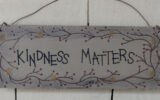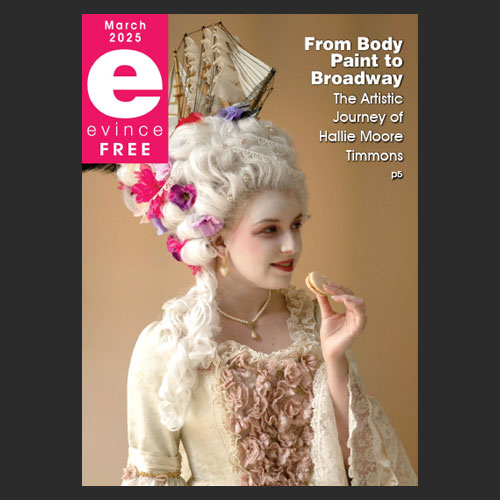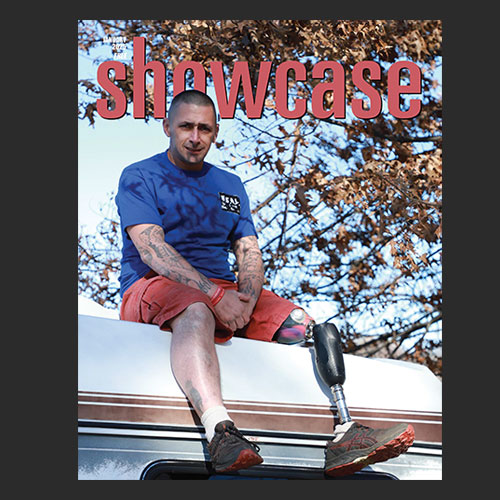Imagine that you were given a free ticket to travel to the one place you’d always wanted to see. All expenses would be paid. The only stipulation was this: you had to write a magazine article about that place when you returned.
If that opportunity appeals to your imagination, you probably have some place in mind that you’d like to see. That’s why, when you decide to write an article about traveling, consider the reasons that place seems so appealing to you.
What if, like me, you had always wanted to ‘see’ the Loch Ness monster? As a result, when asked to write about somewhere you had dreamed of seeing, you chose Loch Ness.
Immediately, you would go to the Net to find facts, perhaps even little known facts, about Loch Ness. To your surprise, your research informs you that the lake is so deep that its water appears to be almost black.
As you dig further, you find that Loch Ness is not a popular tourist attraction. It isn’t surrounded by hotels and restaurants and brightly lit shops that sell ‘See The Monster’ tickets.
Actually, Loch Ness is in a remote and sparsely populated part of Scotland. Surprised as you are, you try to find someone who has visited Loch Ness. If you can interview that person, you might be able to write an article that most would want to read. As a result, you explored the Net, and you found that a person who had visited Loch Ness had written a piece about it!
Immediately, you responded to the writer and asked permission to publish the writer’s Loch Ness story. Approval came immediately! (HINT: the story you found was mine!):
Unforgettable! Of all the places I chose to visit, other than renown golf courses while in Scotland, Loch Ness was at the top of my list. That was more than thirty-five years ago when the famous Loch was such a quiet site that only one person who had a boat was there to interest me in a tour.
Of course, I paid for the tour, that lasted almost an hour.
As I looked around the deep, dark Loch, I wondered what it would be like to see one of Ness’s monsters. I asked my guide whether that was possible. At first, he didn’t answer convincingly. Instead, he talked about his lifetime spent with his family; they lived near the Loch.
After we’d ridden on his boat for about thirty minutes, he pointed to an old building on the far side of the Loch that I’d noticed earlier. By that time, we were in the middle of the Loch. The building appeared much smaller; it seemed little more significant than a tree on the edge of the Loch. That’s when he turned off his engine.
“I want you to see something,” he said. Curious as I was, I watched as he pulled what looked to be a picture from his pocket. It was taken with a Polaroid camera.
“See that,” he said, as he guided my eyes to the same bank and the same building we now stared at. Then he moved his finger. In the picture, about where our boat was, was the long, tall neck and head of a Loch Ness monster!
It reminded me of a plant-eating dinosaur with its smaller head, curved mouth, and thin neck reminiscent of an ostrich’s, but thicker and longer.
In silence, he and I studied the picture. Having taken many Polaroids myself, I knew his picture was genuine.
“Will you tell everyone in America about this?” he asked.
Although he didn’t ask me to share his name, I promised I would write about his photograph I will never forget.






